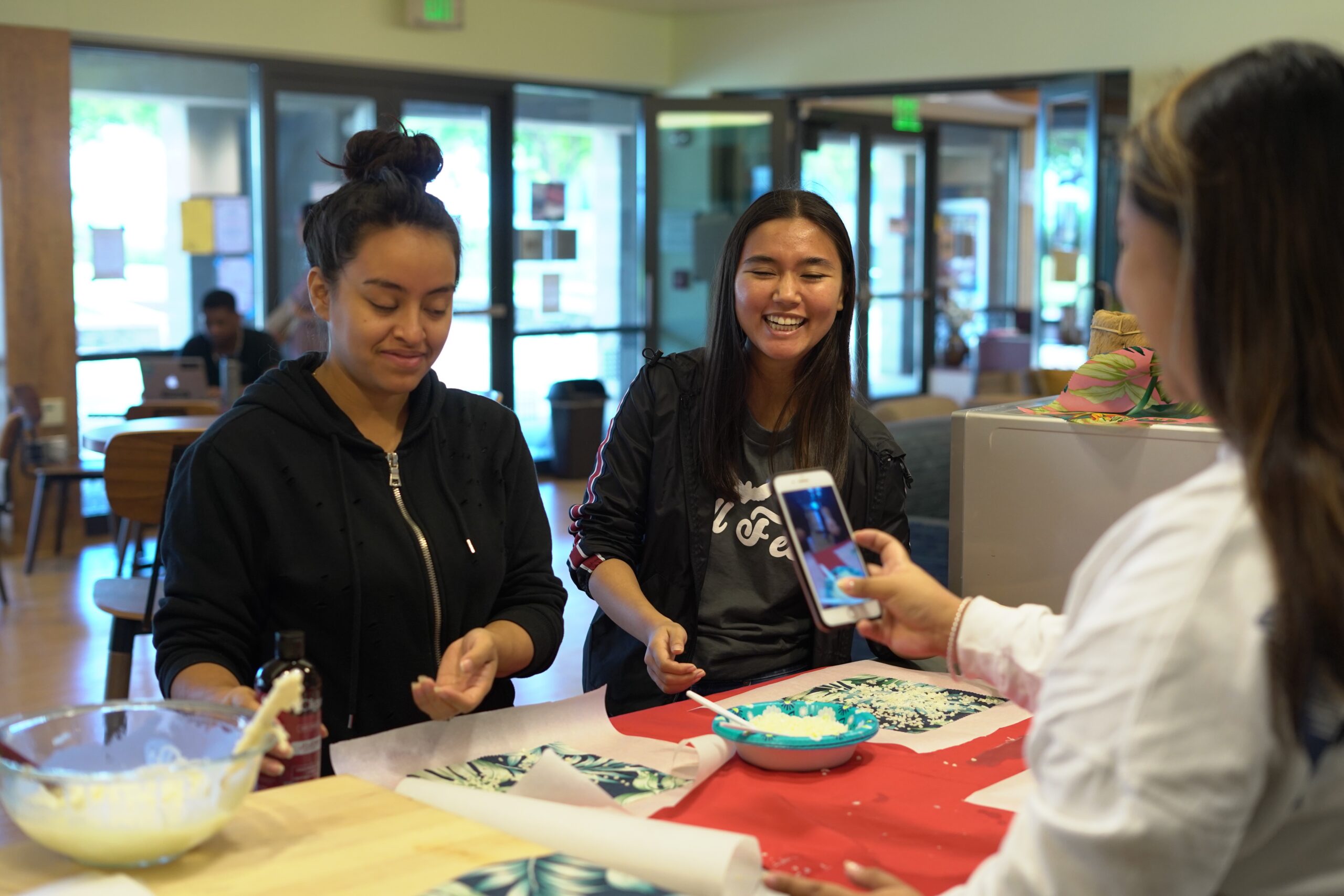By learning how to beeswax fabric, you can ditch plastic zip bags and use your homemade beeswax wrap in a variety of sizes and designs.
Reduce, reuse, recycle. I do those things. Usually. When I feel like it. More often than not, I do those things, but I’m a human person living in modern times so sometimes I don’t.
I’m a firm believer in doing what you can when you can. Use your recycling bins, but if you’re close to a mental breakdown from cooking, working, cleaning the house, dealing with a broken toilet, a screaming child and/or a slightly insane boss … don’t beat yourself up over throwing that one recyclable container in the garbage because the ease of doing so is the only thing keeping you from jumping into the nearest volcano.
The five people who live off the grid wearing clothing they made from leaves and eating only bugs, (that have died naturally) aren’t the ones saving Mother Earth. It’s the rest of us who are doing what we can when we can that are. Their acts are commendable of course, but the majority of us have real houses with real jobs, real lunches to pack and real(ish) volcanoes to avoid.

Why to Make DIY Beeswax Wrap at Home
Which brings us to my next point of interest. Plastic. I use it. I’ll admit it. I have sandwich bags and plastic wrap, and cat poop bags. All plastic. Other than the poop bags, I reuse them all a couple of times before I throw them in the recycling bin.
But we seem to go through a lot of sandwich bags and a lot of plastic wrap. And it irks me for a variety of reasons. It is definitely a waste. And it’s definitely expensive. And it’s definitely ugly. Other than when you get that absolutely perfect, glass-like seal across a bowl with your plastic wrap. That, of course, is a thing of artistic beauty like nothing else.
So when I came across these reusable food wraps by Abeego made out of beeswax coated cotton, I was intrigued. The second I saw them I had romantic visions of these beautiful food wraps encasing healthy sandwiches and expensive cheeses. Just looking at them made me feel good. A quick search of the Internet led me to believe I could make a similar version with only cotton fabric and some beeswax. I did it, they turned out great, and now you can make them, too.

Method for How to Make Beeswax Fabric
- Gather a few pieces of 100% cotton fabric and put them on a baking sheet lined with tin foil. I used leftover scraps from this project, and flour sack tea towels from my screen printed tea towels that didn’t turn out well.
- Preheat oven to 150 to 170 degrees Fahrenheit (depending on your oven, mine doesn’t go lower than 170 degrees).
- Shave and then chop a couple of ounces of beeswax. You can use an old candle or buy beeswax beads, or a whole hunk of beeswax for this.
- Sprinkle the fabric with a light layer of beeswax.
- Put them in the oven for 10 minutes (or until wax is melted). The fabric will be soaked through with wax when you remove them.
- Take them off the hot baking sheet immediately. If you leave them on for even a few seconds they’ll cool down and stick to the tin foil or the beeswax will become clumpy.
Finishing Touches and Using Homemade Beeswax Wrap
Your beeswax fabric is done! Now, it’s all about refining it if you want to. You can leave it just as at is, or you can finish the edges with pinking sheers. I’ve also added a couple of buttons and some butcher twine for closing one of mine.

They’re beautiful. I love them.
Care
All you need to do is rinse the wraps in cool water and give them a little rub with a dish cloth. Don’t use hot water or your beeswax will melt.
Use
I’ve used mine for several weeks and they’re going strong. I’ve used the Beeswax wraps to wrap cheese, sandwiches, carrots, a Portobello mushroom, bowls of soup (like cling wrap) and cut vegetables.
Opinion
They’re great. They really do work. The warmth of your hands allows you to mold the beeswax to whatever shape you want and it stays there.
Problems
They smell strongly of beeswax to begin with. The fella took exception to the carrots on his lunch smelling like beeswax for the first little while, but the smell has faded.
So, reduce, reuse, recycle. When you can. When you can’t? Avoid all volcanoes.
See more of Karen Bertelsen’s projects at The Art Of Doing Stuff.
